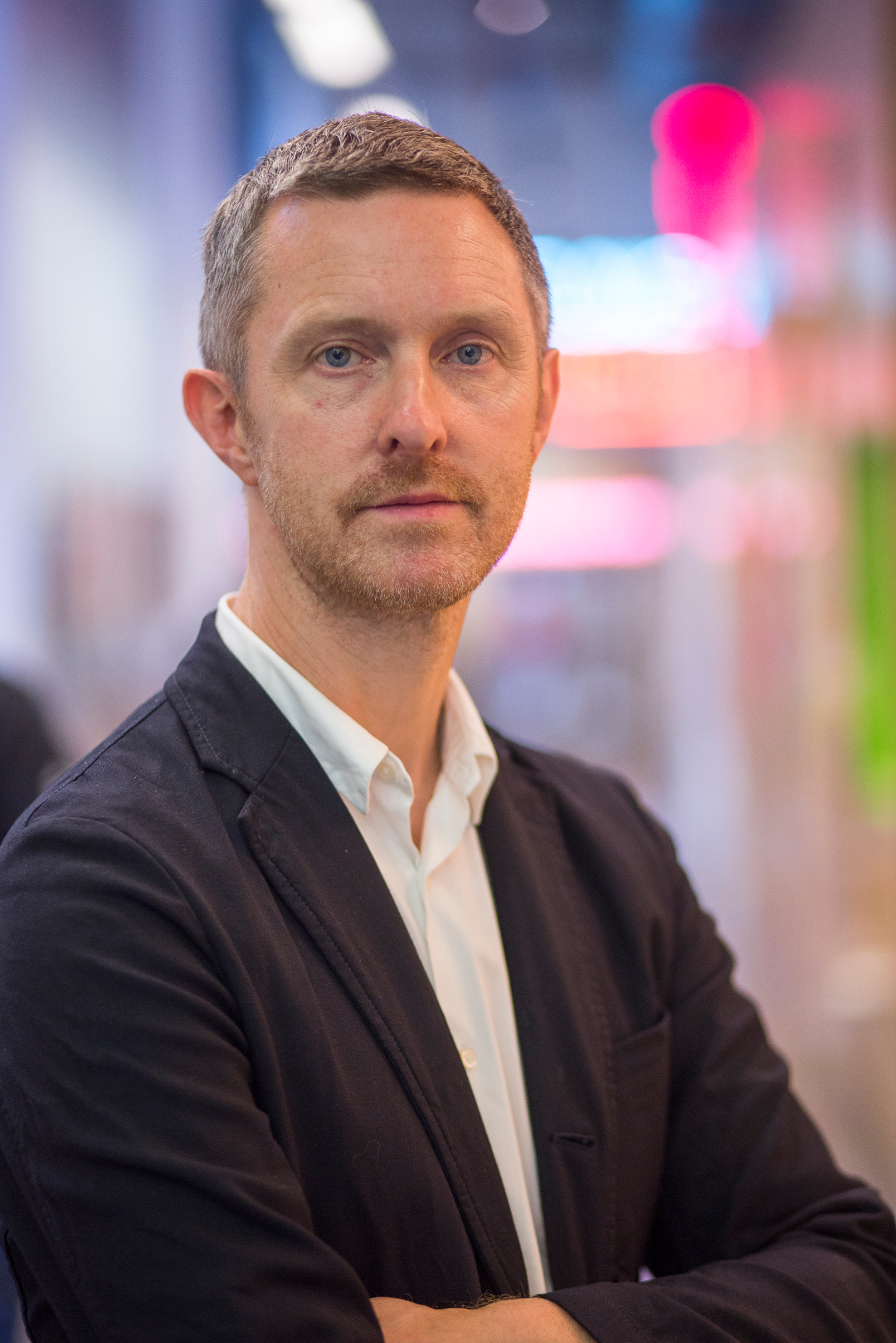Interiors Buildings Cities
Interiors Buildings Cities explores territories that range from the extended interior to the intimate city. Walter Benjamin described the city as "the interior of the collective" establishing it as a deep and intricate space of threshold, which enfolds both the intimacies of individual experience and the mediating territories of collective public life.
Working from critical understandings of existing situations, between inside and outside, our students materialise architecture across these scales. Creating places that embody the concerns of contemporary society and culture in a direct, immediate and inclusive manner, making them both perceivable and available to the citizen.
Interiors Buildings Cities is concerned with making buildings, in places, for people. It conceives of the city, at each scale, as a work of architecture and, hence, the responsibility of the architect. Whilst its courses can be taken individually, they together establish a continuous field of investigation, allowing students to develop and materialise ideas within a rich and rigorous architectural framework, defined through experience and underpinned by a cohesive historical and theoretical discourse.

Collectively concerned with situation, continuity and the ways in which buildings are both made and used over time, these begin with the undergraduate minor course, Space of Display, which explores the transformation of existing urban interiors; examining their relation with the street, through the elaborated space of the window. The MSc1 studio 'House' explores buildings that both inform and are informed by the physical and social fabric of their immediate locality, with an emphasis on the synthetic design of a building at each scale, from the urban through to the constructional detail.. The MSc2 studio 'Salon' refers to the tradition of the large public room that receives and shapes the society of people that it gathers. Designing such an interior, involves elaborating on its structure, fabrics and finished in detail.The Graduate Studio Palace, establishes the Chair's principal themes for each year, through its ongoing reflection upon the urban institution; exploring their representative, spatial, social and political roles and their impact on the life and form of the city at each scale, from the interior outwards.
